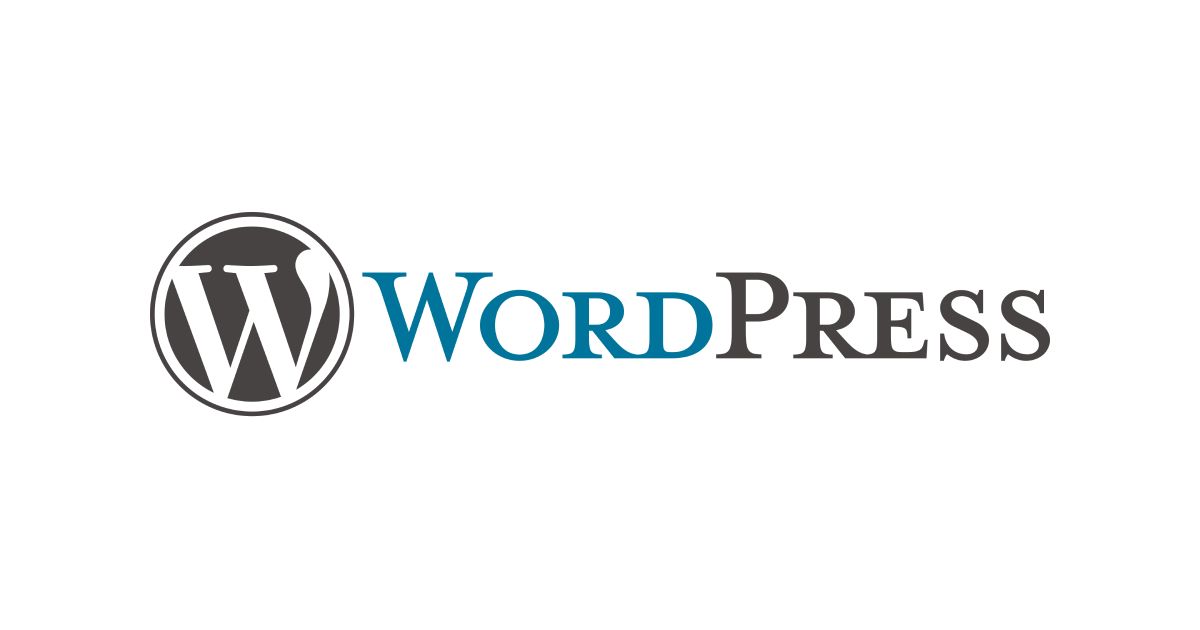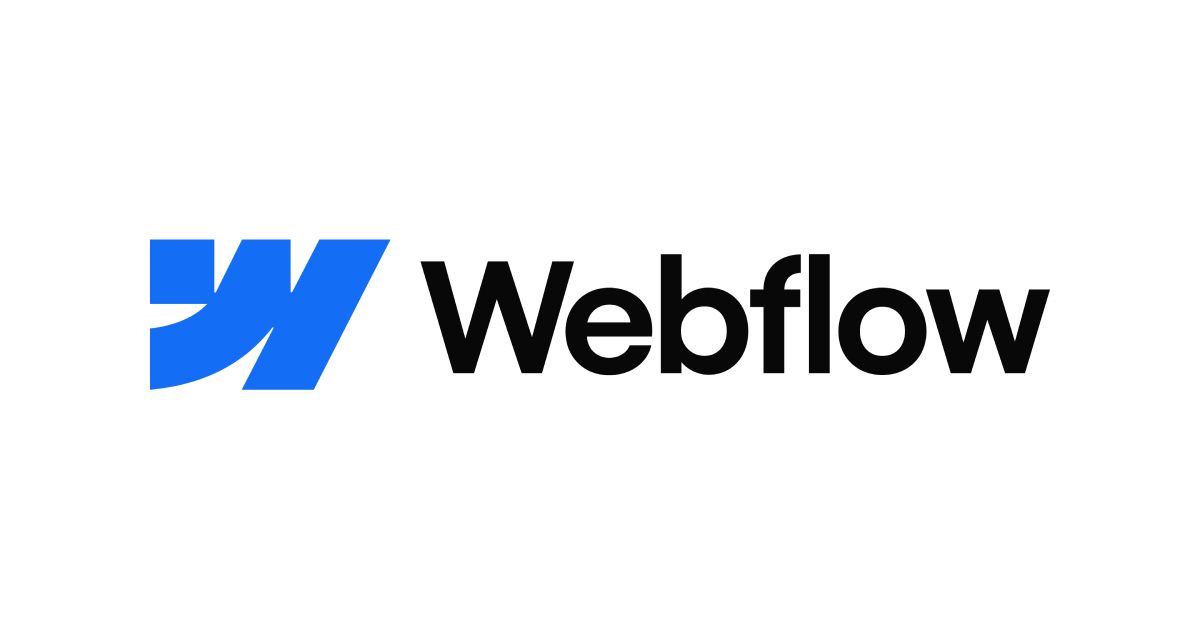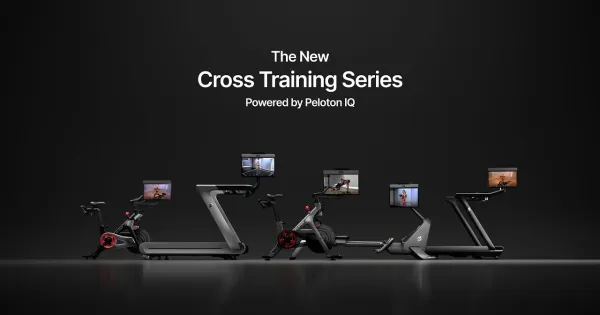WordPress vs Webflow: Which is Best in 2025?

When it comes to building a website, two platforms often stand out as popular choices: WordPress and Webflow. Both offer powerful website-building capabilities, but they have different approaches, features, and strengths.
To determine which one is the best fit for your needs, it's essential to understand their differences and consider your specific requirements.
WordPress: The Classic Content Management System

WordPress, initially released on May 27, 2003, by Matt Mullenweg and Mike Little, has since become a dominant force in the world of web development and content management. Born out of a desire for a more user-friendly and flexible blogging platform, WordPress was built on the foundation of an earlier blogging software called b2/cafelog. WordPress quickly evolved, gaining popularity for its open-source nature, customizable themes, and the introduction of plugins, which allowed users to extend its functionality.
Over the years, it transformed from a blogging tool into a versatile Content Management System (CMS) that currently powers millions of websites worldwide. With a dedicated community of developers and users, WordPress has continually adapted and improved, offering users a robust, user-friendly platform for building a wide range of websites, from personal blogs to complex e-commerce sites and corporate web portals.
Pros of WordPress
- Ease of Use: WordPress is known for its user-friendly interface, making it accessible for beginners to create and manage websites without extensive technical expertise.
- Vast Plugin Ecosystem: With thousands of plugins available, you can extend your website's functionality with ease. Whether it's SEO optimization, e-commerce, or social media integration, there's likely a plugin to suit your needs.
- Versatility: WordPress is highly versatile, allowing you to build various types of websites, from blogs and small business sites to large e-commerce platforms and corporate websites.
- Community Support: WordPress has a vast and active user community, which means you can find plenty of resources, forums, and tutorials to help you with any issues or questions.
- Customization: With a vast selection of themes and the ability to create custom themes, you can personalize your website's design and appearance to match your brand and vision.
Cons of WordPress
- Security Concerns: Being a popular platform, WordPress can be a target for hackers. Proper security measures, including regular updates and security plugins, are essential to protect your site.
- Maintenance Demands: WordPress websites require ongoing maintenance, including updates to themes, plugins, and the core software. Neglecting updates can lead to security vulnerabilities.
- Learning Curve for Advanced Features: While it's user-friendly, mastering advanced features, especially related to customization and coding, can be challenging for beginners.
- Performance Issues: Depending on your hosting and the number of plugins you use, WordPress sites can sometimes suffer from slower loading times and performance issues.
- Costs Add Up: While the core WordPress software is free, costs can add up with premium themes, plugins, and hosting, especially for complex or high-traffic websites.
Top Companies using WordPress
- The Walt Disney Company: Disney's various divisions and entities, including Disney Parks and Resorts, utilize WordPress for their websites.
- Sony Music: Sony Music, one of the world's leading music labels, uses WordPress for its artist and label websites.
- The New Yorker: The New Yorker, a renowned magazine, operates its website on WordPress, showcasing its commitment to the platform's capabilities.
- BBC America: BBC America, the British television network's U.S. branch, employs WordPress for its online presence.
- TechCrunch: TechCrunch, a popular technology news website, is built on WordPress.
- Mercedes-Benz: The global automobile manufacturer Mercedes-Benz uses WordPress for its corporate websites and blogs.
- The Official Star Wars Blog: The official Star Wars blog runs on WordPress, demonstrating its adaptability for large franchises.
- The White House: During the Obama administration, the White House website adopted WordPress for its blog and various content sections.
- Microsoft News Center: Microsoft utilizes WordPress for its News Center, featuring news and stories about the tech giant.
- Time Inc.: Time Inc., a major media company, used WordPress for several of its online publications and blogs.
Webflow: The Visual Website Builder

Webflow, founded by Vlad Magdalin, Sergie Magdalin, and Bryant Chou, emerged in 2013 as a response to the challenges web designers and developers faced in the traditional web development process. The platform was created to streamline and modernize web design, allowing users to build websites visually while also providing the option for custom code integration.
Over the years, Webflow has evolved from a visual web design tool into a comprehensive web design and hosting platform, offering solutions for both designers and businesses. Its visual design interface empowers designers to create intricate and custom web designs without the need for extensive coding, and the inclusion of hosting services simplifies website deployment. Webflow has gained recognition in the web design community for its emphasis on visual creativity, code-free design, and its ability to seamlessly merge design and development processes.
Pros of Webflow
- Visual Design Capabilities: Webflow's visual web design interface allows for the creation of intricate and custom designs without the need for extensive coding, making it accessible for designers of varying skill levels.
- Customization: It offers a high degree of customization and flexibility, enabling designers to implement their creative vision with precision, including responsive and interactive elements.
- Code Export: For those who want to further customize their websites, Webflow allows the export of HTML, CSS, and JavaScript code, providing the option for custom coding.
- Hosting Included: Webflow includes hosting as part of its service, simplifying the website hosting process, and eliminating the need for third-party hosting providers.
- Interactions and Animations: Webflow excels in creating interactive and animated websites, offering a robust set of tools for adding animations, transitions, and interactions without coding.
Cons of Webflow
- Learning Curve: While Webflow's visual design interface is user-friendly, there is still a learning curve, especially for those new to web design. It may take some time to become proficient with the platform.
- Pricing: Webflow's pricing structure can be relatively expensive compared to other website builders, particularly for individuals or small businesses on a tight budget.
- Limited E-commerce Features: While Webflow has introduced e-commerce capabilities, it may not be as feature-rich or straightforward as specialized e-commerce platforms like Shopify or WooCommerce.
- Not Ideal for Simple Sites: For basic, one-page or small websites, Webflow's extensive design capabilities may be overkill, and other simpler website builders might be more suitable.
- Dependency on Webflow Hosting: Webflow's hosting is tightly integrated, which means that moving your website to a different hosting provider can be more challenging compared to platforms that allow more straightforward migration.
Top Companies using Webflow
- Zendesk: Zendesk, a customer service software company, uses Webflow for its corporate website.
- Upwork: Upwork, a leading freelancing platform, utilizes Webflow for parts of its website, particularly for campaign landing pages.
- Unilever: Unilever, a multinational consumer goods company, employed Webflow for some of its brand campaign websites.
- Wine Spectator: Wine Spectator, a renowned wine magazine, uses Webflow for its website design.
- Airbnb: Airbnb, the online vacation rental marketplace, uses Webflow for certain promotional landing pages and microsites.
- Nestle: Nestle, a global food and beverage company, has used Webflow for select campaign websites.
- Allbirds: Allbirds, a popular sustainable footwear brand, utilizes Webflow for its e-commerce website.
- Dell: Dell, a major computer technology company, has utilized Webflow for specific product launch pages and campaigns.
- Eventbrite: Eventbrite, an event management and ticketing platform, employed Webflow for certain marketing and campaign pages.
- Shopify: Shopify, a leading e-commerce platform, has incorporated Webflow for various marketing pages and microsites.
Choosing the Right Platform

The choice between WordPress and Webflow ultimately depends on your specific needs and preferences. Here are some factors to consider:
Choose WordPress if:
- You need a highly versatile platform capable of serving various website types.
- You prefer a platform with a vast plugin ecosystem for extended functionality.
- You have experience with or access to WordPress developers and resources.
- You want more control over the technical aspects of your website.
Choose Webflow if:
- Design and aesthetics are a top priority for your website.
- You want a visual, code-free approach to web design.
- You value built-in hosting and simplicity in publishing your site.
- You're willing to spend more time crafting a visually unique website.
Final Thoughts
In conclusion, both WordPress and Webflow are powerful platforms, and the best choice for your website depends on your specific requirements. WordPress offers unmatched versatility and an extensive ecosystem, while Webflow excels in design-focused projects with built-in hosting.
Regardless of your choice, both platforms have the potential to help you create a compelling online presence.
If you need assistance with website development or guidance in selecting the right CMS platform, don't hesitate to contact us for expert support.





